Increased Focus on Sustainability
The growing emphasis on sustainability is a significant driver in the FHP Motors Market. As businesses and consumers alike become more environmentally conscious, there is a heightened demand for products that align with sustainable practices. FHP motors, known for their energy efficiency and reduced carbon footprint, are increasingly favored in various applications. Market trends indicate that companies are prioritizing the procurement of sustainable technologies, which includes the adoption of FHP motors. This shift is not only beneficial for the environment but also enhances brand reputation and customer loyalty. As sustainability becomes a core business strategy, the FHP Motors Market is likely to witness continued growth, driven by the demand for eco-friendly solutions.
Rising Demand for Energy Efficiency
The FHP Motors Market is experiencing a notable increase in demand for energy-efficient solutions. As industries strive to reduce operational costs and minimize environmental impact, the adoption of FHP motors, known for their efficiency, is on the rise. According to recent data, energy-efficient motors can reduce energy consumption by up to 30% compared to traditional motors. This shift is driven by regulatory frameworks that encourage energy conservation and sustainability. Consequently, manufacturers are investing in advanced technologies to enhance the efficiency of FHP motors, thereby catering to the growing market demand. The emphasis on energy efficiency not only aligns with corporate sustainability goals but also offers significant cost savings, making it a pivotal driver in the FHP Motors Market.
Regulatory Support for Energy Standards
Regulatory frameworks aimed at promoting energy efficiency are significantly influencing the FHP Motors Market. Governments worldwide are implementing stringent energy standards that mandate the use of energy-efficient motors in various applications. These regulations are designed to reduce greenhouse gas emissions and promote sustainable practices across industries. As a result, manufacturers are compelled to innovate and produce FHP motors that comply with these standards, thereby driving market growth. The alignment of regulatory policies with industry goals creates a favorable environment for the adoption of FHP motors. This regulatory support not only enhances the market's credibility but also encourages investment in research and development, further propelling advancements in the FHP Motors Market.
Expanding Applications Across Industries
The versatility of FHP motors is a key driver in the FHP Motors Market, as they find applications across a multitude of sectors. From HVAC systems to industrial automation, the adaptability of these motors allows them to meet diverse operational needs. Recent market analysis indicates that the demand for FHP motors in the HVAC sector is projected to grow significantly, driven by the increasing need for efficient climate control solutions. Additionally, the rise of automation in manufacturing processes is further propelling the adoption of FHP motors, as they are integral to various machinery and equipment. This broad applicability not only enhances market penetration but also encourages innovation in motor design to meet specific industry requirements.
Technological Innovations in Motor Design
Technological advancements play a crucial role in shaping the FHP Motors Market. Innovations in motor design, such as the integration of smart technologies and improved materials, are enhancing the performance and reliability of FHP motors. For instance, the incorporation of IoT capabilities allows for real-time monitoring and predictive maintenance, which can significantly reduce downtime and maintenance costs. Furthermore, advancements in materials science have led to lighter and more durable motor components, improving overall efficiency. The market is witnessing a shift towards more sophisticated motor designs that cater to specific applications, thereby expanding the potential customer base. As these technologies continue to evolve, they are likely to drive growth and competitiveness within the FHP Motors Market.


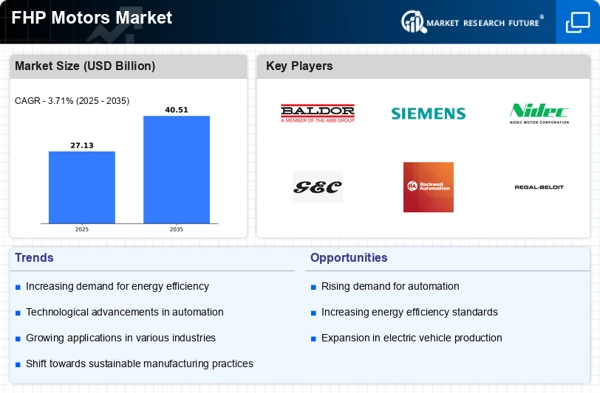
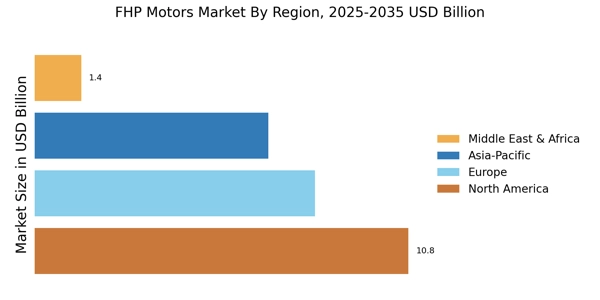

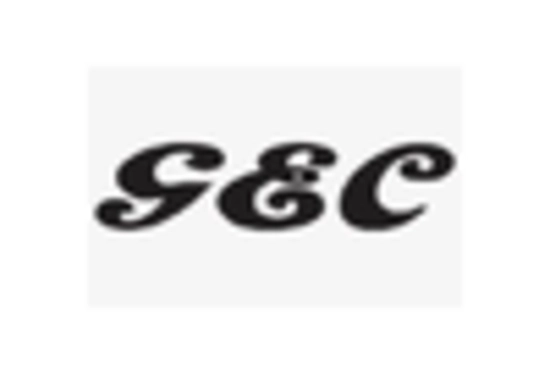
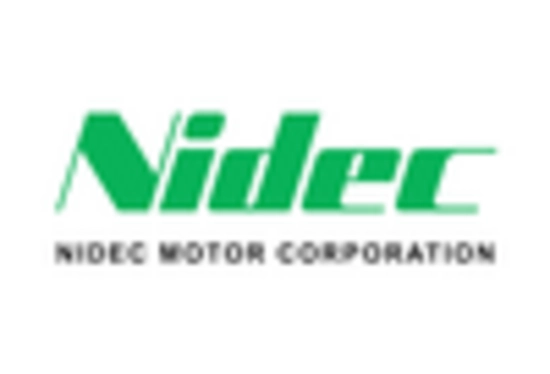
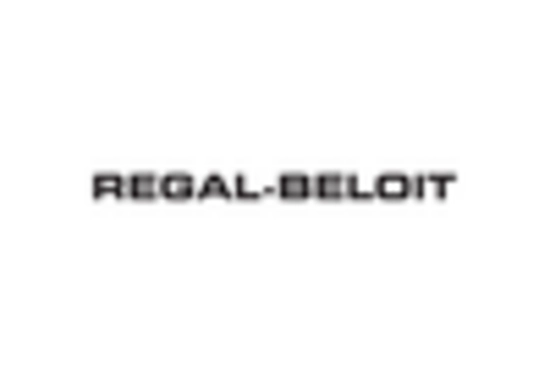










Leave a Comment